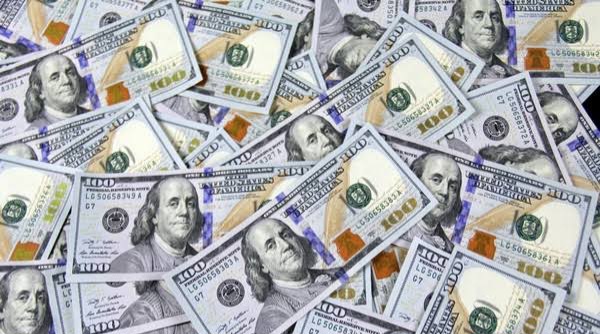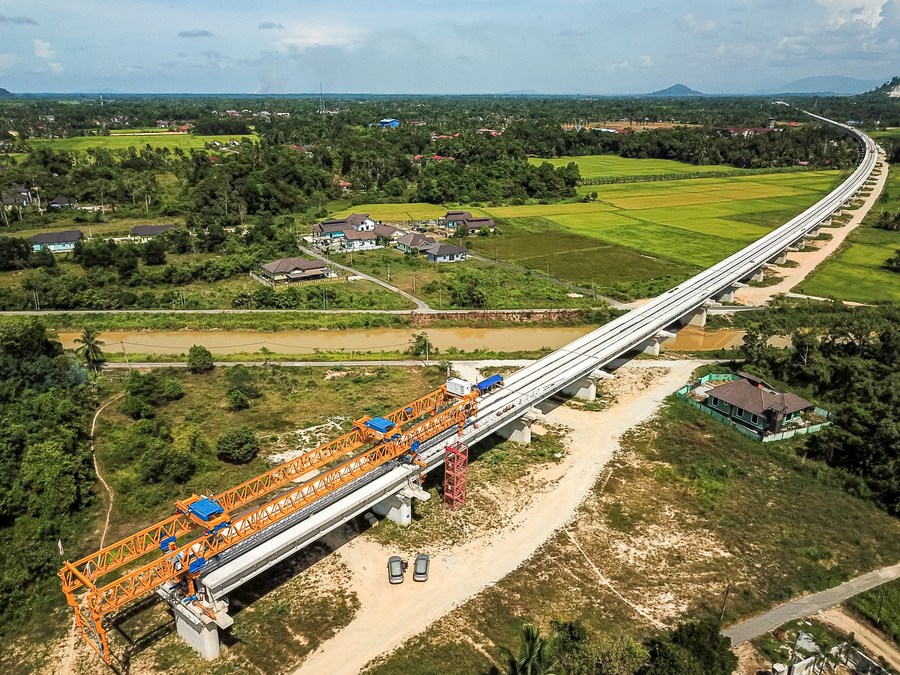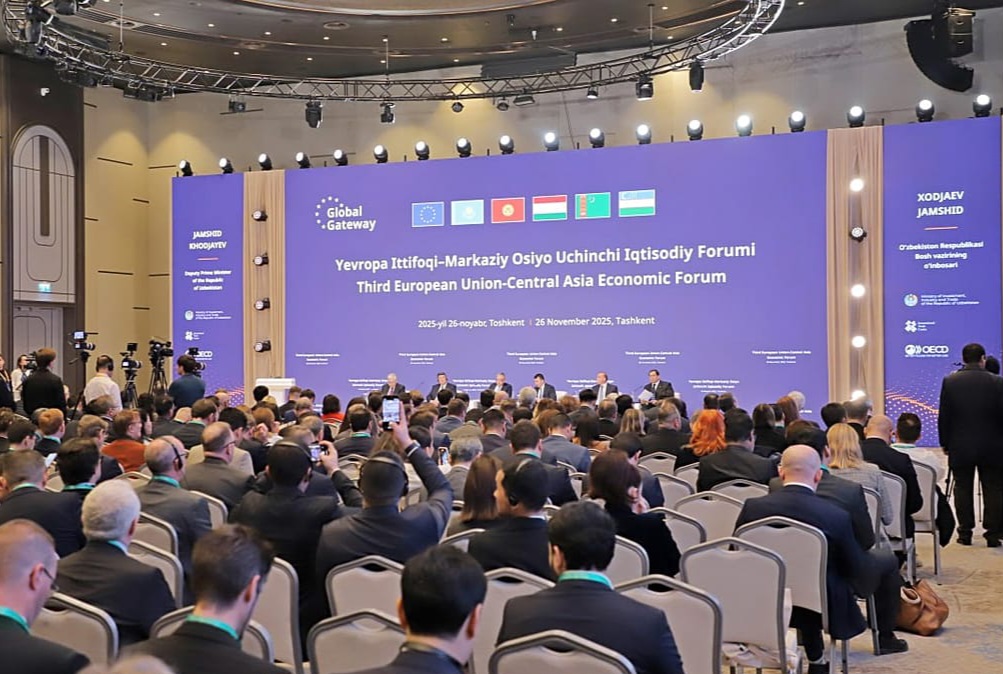The US is grappling with the stubbornly persistent inflation. Earlier this month, Federal Reserve Chair Jerome Powell said his confidence in curbing inflation was “not as high as it was” after the Producer Price Index (PPI) came in higher than anticipated.
A “hard landing” for the U.S. cannot be ruled out, JPMorgan Chase’s chairman and CEO Jamie Dimon said last week.
The latest data from the US Labor Department points to a 0.5% uptick in the PPI for April, a rebound from the 0.1% dip in March. Earlier, the US Commerce Department said consumer prices witnessed a 3.4% year-on-year increase in the first quarter, much higher than the 2% target.
These figures, described as “higher than anybody expected”, dented hope yet again for rate cuts within the year, dealing another blow to market expectations after several wrecked rate-cut prospects since the beginning of the year. Talks emerge about fears for zero rate cut or even further rate hike amid the “higher for longer” plight.
“That will change the whole dynamics, because interest rates are already at a 23 year high. While right now, the impact of high interest rates have not come to small business owners and real estate owners, because the debt contracts they had are not up for re-pricing. But when re-pricing kicks in later this year, it will be a massive hit to the consumers”, Ali Farid Khwaja, Chairman of KTrade Securities said.
“It could lead to a recession later this year and through 2025”, he added.
“Calm before the storm”
Earlier this month, statistics from Challenger, Gray & Christmas, Inc. show that U.S. companies scaled back hiring plans in April, with 9,802 new hires announced, the lowest for the month of April since 2013.
“As labor costs continue to rise, companies will be slower to hire, and we expect further cuts will be needed. This low April figure may be the calm before the storm”, senior vice president Andrew Challenger said in a statement.
Small and medium businesses will bear the brunt due to the “compounding impact” of high inflation in the mass market.
“Inflation effects add up, and when things become just too expensive that people start cutting down on expenditure and businesses cut down on new hiring, a recession is in sight. Next year, when people try to remortgage their homes, they will find it very, very expensive as 7% is a very high interest rate”, Ali Farid Khwaja said.
“I don’t think there will be a rate hike, but the longer rate cuts are delayed, the greater the risks are for the overall system”, he added.
De-globalisation Structurally Inflationary
When will US inflation go down, or will it go down at all?
“When a protectionism policy is adopted, it would be very difficult to control inflation”, said Ali Farid Khwaja .
“The reason why the world had a period of low inflation and high growth was because of the benefit of trade. Yet over the last 5 years, protectionism has led to lesser trade, higher tariffs on consumption, and higher fuel prices, all of which have contributed to higher inflation”, he said.
Unfortunately, manipulating economics for political ends will backfire, as higher inflation leads to political and societal friction by creating a gap between the rich and the poor, straining the economy of a country.
Founder of Bridgewater Associates Ray Dalio warns extreme levels of government debt and significant wealth inequality are pushing the country to “the brink of Civil War”.
According to Dr. Abid Qaiyum Suleri, Executive Director of Sustainable Development Policy Institute (SDPI), it also means outstanding problems to the ensuing government, which can undermine policy predictability and certainty.
“If high inflation persists, the next government would find it extremely challenging to meet the economic expectations of their voters”, he said, adding that the first thing the new US administration might do after the election is to reassess the real value of USD.
Growing Global Imbalance
As the US inflation waves are getting “higher for longer”, it is the developing world that’s stricken the hardest.
“Keeping the interest rate higher to secondary capital is creating a massive trade issue for the global economy, especially for Asian markets”, said Ali Farid Khwaja.
Costs of debt servicing are soaring. In particular, currencies across Asian markets, including Malaysia, Indonesia, Thailand, India, are at historic lows. In some cases, central banks had to intervene to defend their currencies.
The US itself is not immune to the fallout either. Concerns are rising about a possible 1970-style stagflation amid a slowing economy and stubborn inflation.
“It has two options, in my opinion”, Dr. Abid Qaiyum Suleri said, “One is to depreciate the value of US dollar vis-a-vis other major currencies, which is a step no outgoing government would like to take”.
“Otherwise, the US itself is becoming more and more trade non-competitive, not only against China, but also against the EU, Japan and other trading nations”, he said.












